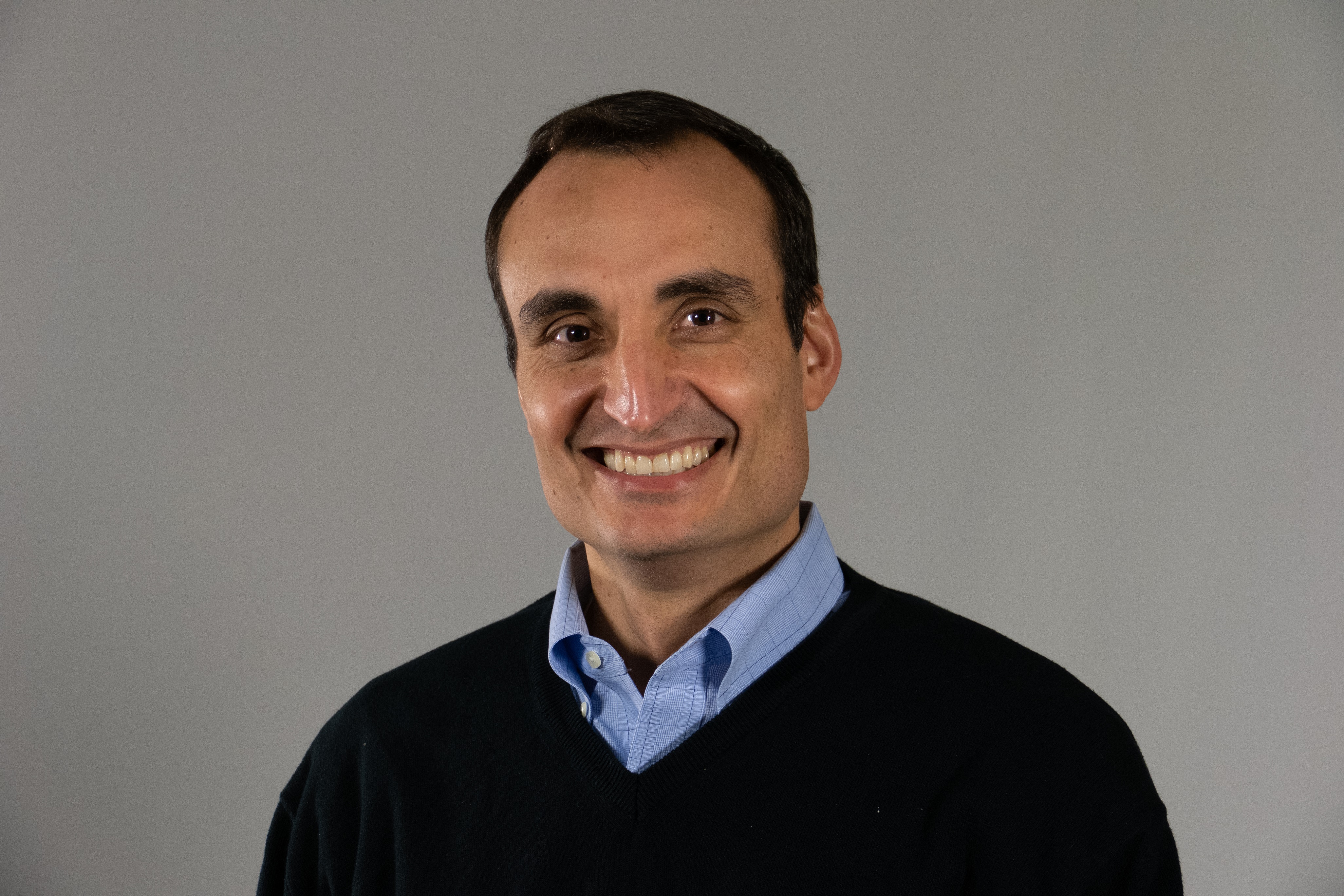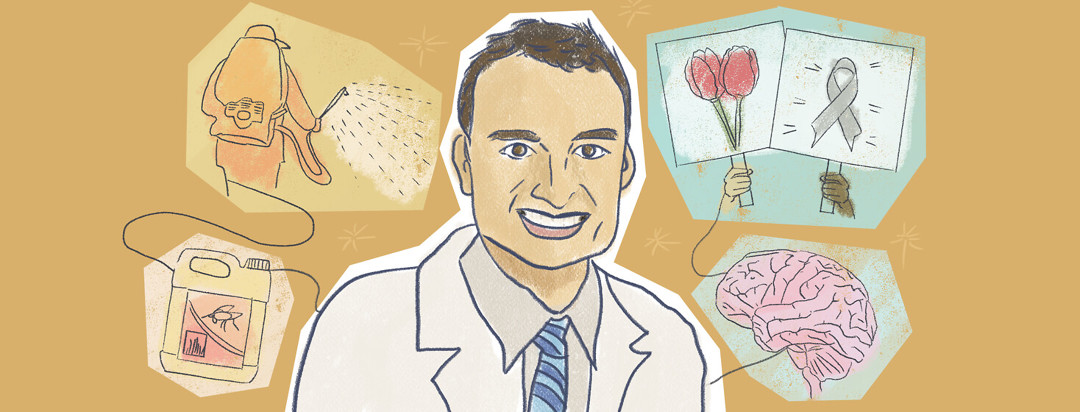Interview with Dr. Ray Dorsey: Ending Parkinson's Disease

Dr. Ray Dorsey is the David M. Levy Professor of Neurology and Director of the Center for Health + Technology at the University of Rochester. Through creative use of technology, he and his colleagues seek to enable anyone anywhere to receive care, participate in research, and benefit from therapeutic advances. His research has been published in leading medical, neurology, and economic journals and has been featured on National Public Radio, in the New York Times, and in the Wall Street Journal. In 2015, the White House recognized him as a “Champion for Change” for Parkinson’s disease.
Share your connection to Parkinson's
I am a neurologist and Parkinson’s disease specialist at the University of Rochester, where I direct a Center for Health + Technology. Our vision is “Research and care for anyone anywhere.”
What inspired your book?
Parkinson’s disease is the fastest-growing brain disorder in the world, even faster than Alzheimer’s disease.
Dr. Bas Bloem and I wrote a piece called “The Parkinson Pandemic” to highlight this rise and how the Parkinson’s community could mirror the activism of the HIV community and come together to end the disease.
The piece resonated with the community, and we were joined by Dr. Todd Sherer and Dr. Michael Okun in writing the book, Ending Parkinson's Disease.
Did anything surprise you while writing?
I knew a bit about the environmental links, such as certain pesticides linked to Parkinson’s disease. But as I read and investigated more, I came to see that many cases of Parkinson’s may indeed be preventable.
Any challenges to a cure?
We, the Parkinson’s community, have been too quiet for too long. The disease now affects 1 million Americans. Every day 10,000 Americans turn 65 and up to 1 in 15 of them will develop Parkinson’s disease. The motto of the HIV community is “Silence=Death”. For the Parkinson’s community, “Silence=Suffering, Needless Suffering”. We need to change that.
What should we take away from your book?
We can form a “PACT” to end Parkinson’s disease:
- Prevent – The first step to any pandemic is to contain it. We have done nothing but fuel it. A pesticide called paraquat is linked to the disease, banned by China and 31 other countries, but use in the U.S. has doubled in the past decade. Another chemical called trichloroethylene, or TCE, used in everything from decaffeinating coffee (in the 1970s) to removing grease contaminates over half of Superfund sites in the U.S. and thousands of other sites. In the process of writing the book, I found one such site 15 minutes from home. The chemical contaminates up to 30 percent of groundwater in the U.S. and can evaporate (like radon) into people’s homes and workplaces without anyone knowing. We need to ban these toxic chemicals that are contributing to the rise of Parkinson’s.
- Advocate – We need to advocate better policies and resources. While the number of Americans with Parkinson’s has increased 35 perfect in the last 10 years, NIH funding, adjusted for inflation, has actually decreased.
- Care – We need to care for all affected with the disease. Over 40 perfect of Americans with the disease do not see a neurologist soon after diagnosis. Those that do not are more likely to fracture their hip, be placed in skilled nursing facilities, and to die. We need to use telemedicine to bring care to patients in their homes and spread expert care models to all those in need.
- Treat – The most effective medication for Parkinson’s (levodopa) is over 50 years old and does not address the underlying disease. We need a new generation of therapies that can help slow the progression of the disease.
Advice to the medical field?
The status quo is not working. We need different approaches and broader engagement with the Parkinson’s community. In the book, Ending Parkinson’s Disease, we lay out the prescription for action for addressing what I believe is one of the great health challenges of our time.

Join the conversation